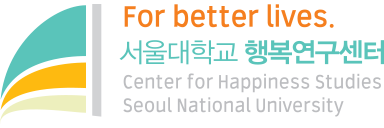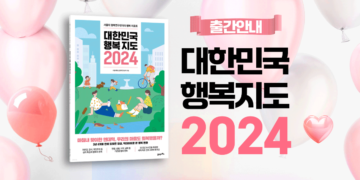Three studies suggest that individuals see the existence and operation of cognitive and motivational biases much more in others than in themselves. Study 1 provides evidence from three surveys that people rate themselves as less subject to various biases than the “average American,” classmates in a seminar, and fellow airport travelers. Data from the third survey further suggest that such claims arise from the interplay among availability biases and self-enhancement motives. Participants in one follow-up study who showed the better-than-average bias insisted that their self-assessments were accurate and objective even after reading a deion of how they could have been affected by the relevant bias. Participants in a final study reported their peer’s self-serving attributions regarding test performance to be biased but their own similarly self-serving attributions to be free of bias. The relevance of these phenomena to naïve realism and to conflict, misunderstanding, and dispute resolution is discussed.
Pronin, E., Lin, D. Y., & Ross, L. (2002). The bias blind spot: Perceptions of bias in self versus others. Personality and Social Psychology Bulletin, 28(3), 369-381.
https://doi.org/10.1177/0146167202286008




![[연구참여자 모집/사례 지급] 자유연상 패턴과 심리적 속성 간의 관계 탐색](https://happyfinder.co.kr/wp-content/uploads/2024/05/워드프레스_연구참여자모집-360x180.png)









![[연구참여자 모집/사례 지급] 자유연상 패턴과 심리적 속성 간의 관계 탐색](https://happyfinder.co.kr/wp-content/uploads/2024/05/워드프레스_연구참여자모집-350x250.png)

